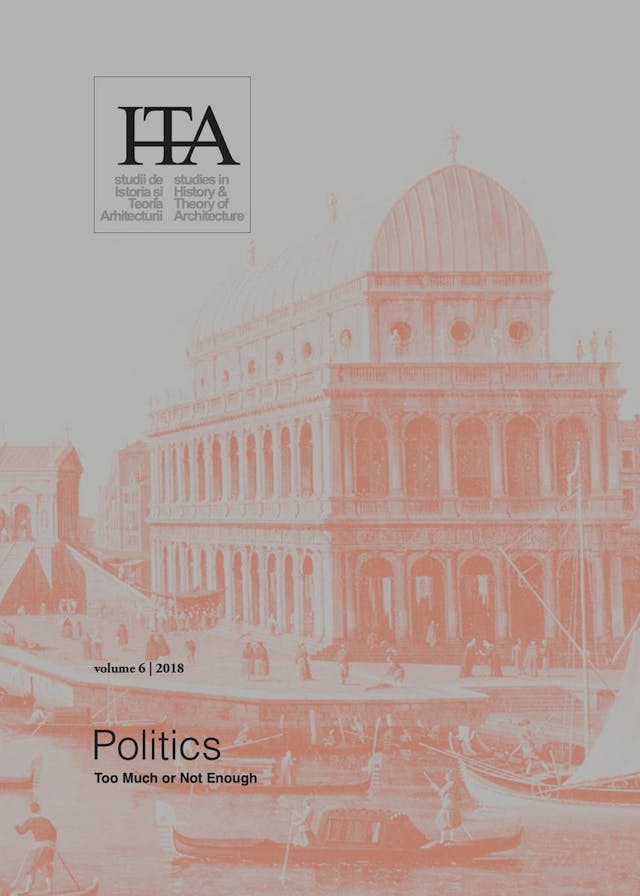The Shape of Social Policies. Architectural Experiences in London Between 1964 and 1979
by
Gerardo Semprebon
,
Wenjun Ma
&
Luca Maria Francesco Fabris
Keywords
social policies
public welfare
housing
London
Architectural Design
This paper focuses on the connections between politics and the design culture in London during the postwar era. In the period between the end of World War II and the defeat of Margaret Thatcher as Prime Minister of the United Kingdom, a significant part of the architectural production in London can be attributed to the social policies of the central government. On one side, the state-driven approach fuelled the development of the Welfare State promoting the most important facilities and services, including housing. On the other side, a deep interest by local architects in the exploration of both innovative settlement patterns and formal systems nourished by political ideology, social aspirations, cultural fervour, and technological progress turned this period into a significant moment of reinterpretation of the tenets of modernism.
The authors focus on the ambiguity of public and private realms to explain the connections between policies and architecture. The experimentation of innovative settlement patterns, hybridization of traditional ones, and the reinterpretation of principles of modernism were applied to re-shape society.
Chicago citation style
DOI:
10.54508/sITA.6.06
